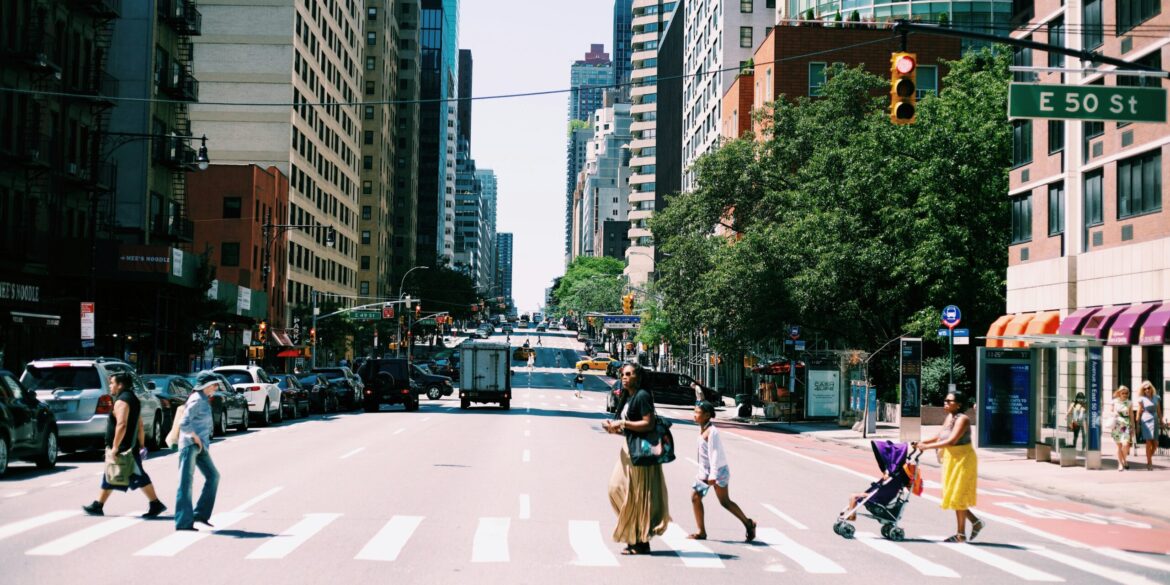In cities across the United States, a quiet revolution is taking root—literally. Rooftop farms, vertical gardens, and neighborhood plots once viewed as experimental or niche are rapidly becoming central to how urban environments address pressing challenges such as food insecurity, climate adaptation, and community well-being. Edible green spaces are emerging not just as aesthetic enhancements or fringe sustainability efforts but as critical infrastructure deserving municipal investment and policy support.
Edible landscapes—green areas cultivated for food—can include anything from community gardens and schoolyard orchards to rooftop vegetable farms and edible public park installations. These spaces yield a bounty far beyond tomatoes and kale; they offer social, environmental, and economic returns that rival those of traditional infrastructure projects.
The case for investing in urban agriculture is grounded in hard evidence. In Brooklyn, New York, initiatives like the Brooklyn Grange rooftop farms produce tens of thousands of pounds of fresh produce annually while reducing building energy usage and capturing stormwater. In Houston, a city long grappling with food deserts, community gardens have become lifelines for neighborhoods with limited access to grocery stores. These efforts do more than feed people—they weave environmental stewardship and civic pride into the urban fabric.
One of the most tangible benefits of edible green spaces is their ability to mitigate the urban heat island effect. Cities tend to be significantly warmer than surrounding areas due to heat-absorbing surfaces like asphalt and concrete. Vegetated areas, particularly those designed with edible plants, help cool the air, reduce energy demand, and improve air quality. According to the EPA, increasing urban vegetation can lower surrounding temperatures by up to 9°F—a crucial difference as climate change drives more frequent and intense heat waves.
Edible green spaces also enhance biodiversity. By introducing a variety of plants, especially native species alongside cultivated crops, these spaces attract pollinators, birds, and beneficial insects. They become small but vital habitats within dense cityscapes. A well-maintained urban farm can support more species diversity than a traditional lawn or park with ornamental landscaping.
But perhaps the most profound impact of edible landscapes lies in their ability to foster social cohesion. Community gardens often bring together neighbors from diverse backgrounds to share tools, knowledge, and harvests. These interactions build trust, reduce isolation, and contribute to mental health. Studies have shown that urban gardening can reduce stress, anxiety, and depression, while simultaneously creating stronger neighborhood networks. In an age where loneliness is increasingly recognized as a public health crisis, such communal activity is invaluable.
Moreover, edible green spaces can serve as platforms for education and workforce development. Schools that integrate gardening into their curriculum see improvements in student engagement and nutritional literacy. At a broader scale, urban farms offer job training opportunities and entry points into green careers—sectors projected to grow significantly in the coming decades.
Critics may argue that these spaces are a luxury or secondary to more pressing urban needs. But this thinking underestimates their return on investment. The multiple co-benefits—environmental resilience, public health, food access, social capital—position edible green infrastructure on par with traditional capital projects like roads or water systems. In fact, integrating food-producing landscapes into zoning, public housing, and park planning could make cities more resilient and equitable.
To institutionalize these benefits, municipal leaders must treat edible green spaces as essential infrastructure. This means allocating public funding, updating land use policies to support food production, and offering incentives for private developers to incorporate edible landscaping. Several U.S. cities have already taken steps in this direction. Seattle’s Beacon Food Forest, for example, is a seven-acre public park where anyone can harvest fruit, nuts, and herbs. Meanwhile, Boston has established a zoning overlay to support urban farming, and Los Angeles offers tax incentives for converting vacant lots into food gardens.
As climate risks escalate and urban populations grow, cities must rethink what infrastructure truly supports public well-being. Roads and railways move people; edible green spaces nourish them. The path forward is not just paved—it is planted.

